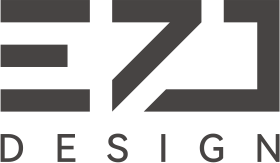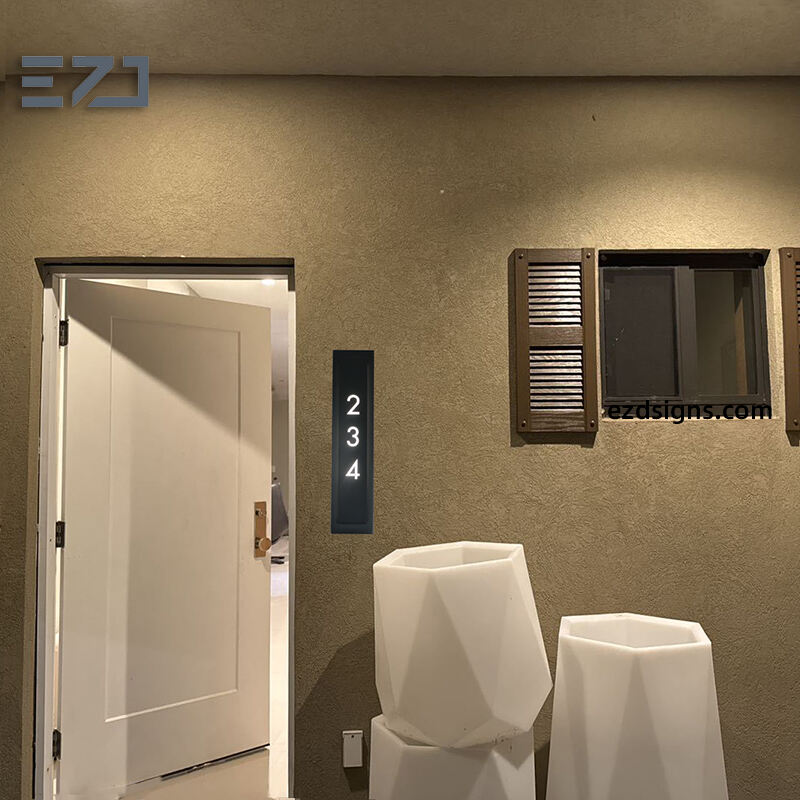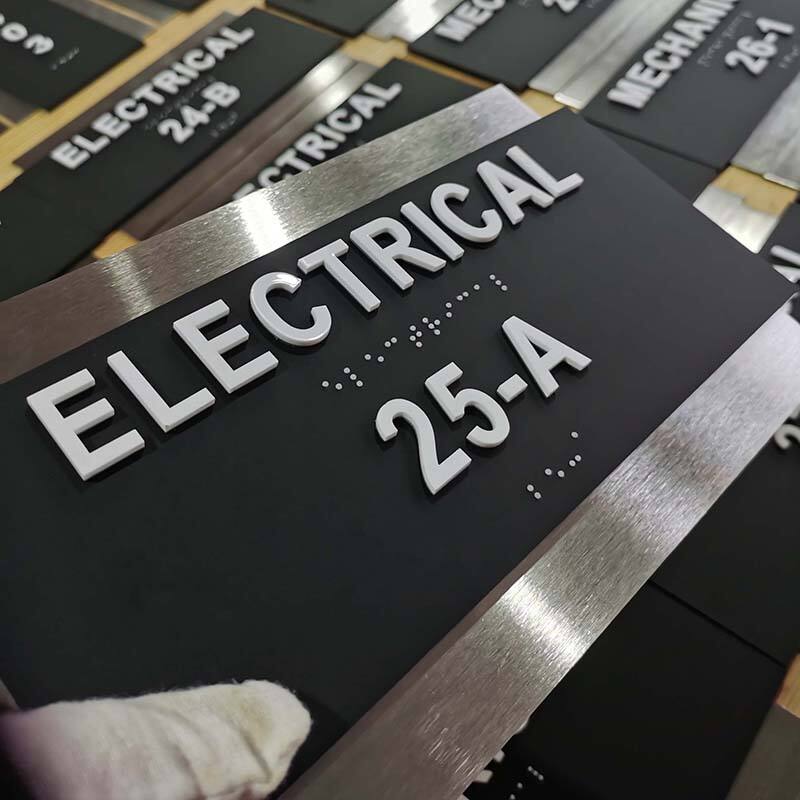
Nr. 77-2-4, Nr. 13 Straße, Shenyang Economic And Technological Development Zone, Liaoning Provinz, China.
Telefon:+86-159 40213762
Nr. 77-2-4, Nr. 13 Straße, Shenyang Economic And Technological Development Zone, Liaoning Provinz, China. +86-159 40213762 [email protected]
Was ist das Americans with Disabilities Act (ADA)?
Das Americans with Disabilities Act (ADA), das 1990 verabschiedet wurde, ist eine wegweisende Gesetzgebung zum Schutz der Rechte von Menschen mit Behinderungen. Es soll Diskriminierung gegen Menschen mit Behinderungen in allen Bereichen des öffentlichen Lebens verbieten – einschließlich Arbeitsplätze, Schulen, Verkehr, sowie öffentliche und private Einrichtungen, die der Allgemeinheit zugänglich sind. Titel III des ADA befasst sich insbesondere mit Barrierefreiheit in öffentlich zugänglichen Einrichtungen und kommerziellen Gebäuden. Laut Titel III müssen Einrichtungen, die für die Öffentlichkeit zugänglich sind – wie Hotels, Restaurants, Theatern, Einkaufszentren und Bürogebäude – Beschilderung installieren, die leicht lesbar ist, erhabene (taktile) Zeichen enthält und Grade-2-Braille-Schrift umfasst. Durch die Vorgabe klarer Orientierungshilfen und Informationszugänge ermöglicht das ADA Menschen mit Sehbehinderungen, Räume selbstständig und sicher zu nutzen.

Kalifornischer Titel 24: Ausweitung der Barrierefreiheitsstandards des ADA
Während das ADA grundlegende bundesweite Anforderungen festlegt, geht der kalifornische Baucode (allgemein bekannt als Titel 24, Teil 2, Kapitel 11B) einen Schritt weiter, indem er strengere Vorgaben für Beschilderung und Barrierefreiheit festlegt. Erstmals im Jahr 2008 eingeführt und regelmäßig aktualisiert, verbessert Titel 24 die Anforderungen an tastbare Beschilderung, um dem Engagement des Bundesstaates für universelles Design Rechnung zu tragen. Zu den wesentlichen Verbesserungen gehören:
Anforderungen an Tastschrift und Braille in Kombination: Alle Raumkennzeichnungsschilder, Richtungshinweise und Orientierungsmarker müssen sowohl erhabene Zeichen als auch Braille-Schrift der Stufe 2 enthalten.
Genau definierte Typografie und Abstände: Die Höhe der Zeichen muss zwischen 5/8″ und 2″ liegen; Strichstärken, Abstände zwischen den Zeichen, Punktabstände und Punktgröße bei Braille sind alle eindeutig vorgegeben.
Materialbeständigkeit und Kontrast: Schilder müssen aus kratzfestem Acryl, Metall oder Verbundmaterialien hergestellt werden; ein hoher Kontrast zwischen Text und Hintergrund ist aufgrund der maximalen Lesbarkeit vorgeschrieben.
Montagehöhe und Standort: Schilder müssen in der Regel 48″ bis 60″ über dem fertigen Boden angebracht und neben Türen an einem standardisierten Referenzpunkt positioniert werden, um eine einheitliche Barrierefreiheit in allen Gebäuden sicherzustellen.
Indem diese detaillierten Parameter den bundesweiten ADA-Richtlinien hinzugefügt werden, gewährleistet das California Title 24 eine höhere Navigationsklarheit sowie Langlebigkeit der Materialien – beides entscheidend für stark frequentierte öffentliche Einrichtungen und Gewerberäume.

Warum Blindenschrift-Beschilderung in öffentlichen Räumen wichtig ist
Gleichberechtigter Zugang zu Informationen
Für Personen, die blind sind oder eine eingeschränkte Sehfähigkeit besitzen, bieten Schilder mit Blindenschrift eine wesentliche Möglichkeit, Raumnummern, Richtungsanweisungen und Notausgänge zu erfassen. Ohne taktile Hinweise und Blindenschrift laufen diese Besucher Gefahr, sich zu verirren oder wichtige Sicherheitsinformationen zu verpassen.
Verbesserte Benutzererfahrung
Die Verwendung von hochwertigen Blindenschildern zeigt das Engagement eines Unternehmens für Inklusion. Gäste und Mitarbeiter schätzen gleichermaßen Umgebungen, in denen sich alle unabhängig bewegen können, was wiederum das Markenimage stärkt und die Kundenloyalität erhöht.
Einhaltung gesetzlicher Vorschriften und Risikominderung
Die Nichteinhaltung der ADA Title III oder der californischen Title 24 Vorschriften kann kostspielige Geldstrafen, rechtliche Auseinandersetzungen und Schäden am Ruf verursachen. Die Investition in professionell hergestellte Braille-Schilder erfüllt nicht nur gesetzliche Anforderungen, sondern minimiert auch das Risiko von Klagen und staatlichen Maßnahmen.

Shenyang EZD’s Komplette Braille-Schild-Lösungen
Bei Shenyang EZD konzentrieren wir uns auf die Entwicklung, Herstellung und Installation einer breiten Palette an taktilen Schildern und Braille-Beschilderungen, die den ADA- und Title 24-Vorgaben vollständig entsprechen. Zu unseren Produkten gehören unter anderem:
UV-bediwckte Acryltafeln mit erhabenen Zeichen und Braille-Stufe 2
Hergestellt aus hochwertigem, UV-beständigem Acrylmaterial bieten diese Paneele lebendige, ausbleichfeste Farben und klare haptische Beschriftung. Ideal für Flure, Toilettenräume und Konferenzräume.
Geschliffene Edelstahlschilder mit geprägter Blindenschrift
Durch die Kombination einer hochwertigen metallischen Oberfläche mit langlebigen geprägten Blindenschriftzeichen sind unsere Edelstahlschilder perfekt geeignet für exklusive Hotels, Firmenempfangshallen und luxuriöse Wohnanlagen.
Mehrschichtige Komposit-Schilder
Durch die Verbindung von Schichten aus PVC, Aluminium und Acryl bieten diese Schilder individuell anpassbare Dicken, Hintergrundstrukturen und Montageoptionen – ideal für thematische Locations und anspruchsvolle Markenbildung.
Individuelle Typografie, Symbole und Oberflächen
Egal ob Sie Helvetica, Futura oder eine maßgeschneiderte Unternehmensschrift bevorzugen – wir können Ihre Markenidentität umsetzen. Wählen Sie zwischen matten, glänzenden oder strukturierten Oberflächen sowie kontrastreichen Farbschemata zur Optimierung der Lesbarkeit.
Jedes Produkt wird entsprechend den genauen Vorgaben für die Strichbreite der Zeichen, die Höhe und den Abstand der Blindenpunkte, Installationsmaße sowie Montagepositionen gefertigt – so können Sie sicher sein, dass jedes Schild die Baukontrollen und ADA-Prüfungen besteht.

Unser End-to-End-Serviceprozess
Erstgespräch & Objektbegehung
Wir starten mit der Erfassung der Projektanforderungen und führen eine Begehung vor Ort durch, um Türmaße, Wandflächen und Lichtverhältnisse zu prüfen.
Planung & Konformitätsprüfung
Unser internes Planungsteam erstellt CAD-Zeichnungen und Materialmuster. Jede Planung wird anhand der Checklisten zu ADA Title III und Kalifornien Title 24 überprüft, um vollständige Einhaltung der gesetzlichen Vorschriften sicherzustellen.
Präzisionsfertigung
Unter Einsatz von CNC-Fräsen, Laserschneidern und UV-Druckern fertigen wir Beschilderungen mit äußerst engen Toleranzen bis zu ±0,005″ bei taktilen Elementen. Die Blindenpunkte werden formschön oder geprägt exakt auf die vorgeschriebene Höhe von 0,025″ hergestellt.
Qualitätssicherung & Prüfung
Vor dem Versand durchläuft jedes Schild eine gründliche Prüfung hinsichtlich Maßgenauigkeit, Farbkontrastverhältnisse, Lesbarkeit der Braille-Schrift und Oberflächenfinish. Wir führen sogar Tastlesbarkeitstests mit zertifizierten Braille-Lesern durch.
Fachgerechte Installation & Abschließende Prüfung
Unser erfahrenes Installations-Team stellt sicher, dass die Schilder in der richtigen Höhe und Ausrichtung montiert werden. Ein abschließender Rundgang gemeinsam mit Ihnen bestätigt, dass alle Beschilderungen mit den Gebäudeplänen und Erwartungen zum Nutzerfluss übereinstimmen.
Warum Shenyang EZD wählen?
Regelungskompetenz: Unser umfassendes Wissen zu ADA Titel III und Kalifornien Titel 24 gewährleistet sorgenlose Einhaltung von Vorschriften.
Hochwertige Materialien: Von UV-beständigem Acrylglas bis medizinischem Edelstahl verwenden wir ausschließlich die langlebigsten Materialien.
Benutzerdefiniertes Branding: Vollständiges Spektrum an Gestaltungsmöglichkeiten – Schriftarten, Farben, Symbole und Oberflächen – zur Stärkung Ihrer Marke.
Komplettlösungen: Von der ersten Idee bis hin zur Unterstützung nach der Installation übernehmen wir jede Einzelheit.
Kurze Lieferzeiten: Optimierte Arbeitsabläufe und eigene Fertigung reduzieren die Lieferfristen, ohne Kompromisse bei der Qualität.
Die Investition in hochwertige Blindenschilder und taktile Beschilderung ist nicht nur eine rechtliche Notwendigkeit – sie unterstreicht das Engagement Ihres Unternehmens für Inklusion und Sicherheit. Partneren Sie noch heute mit Shenyang EZD, um Ihr Orientierungssystem zu verbessern, alle Besucher zu begeistern und die Einhaltung von ADA und Titel 24 sicherzustellen.
Stichwörter: ADA-Konformität, California Title 24, blindenschilder , taktile Zeichen, barrierefreie Orientierungshilfen, Shenyang EZD.